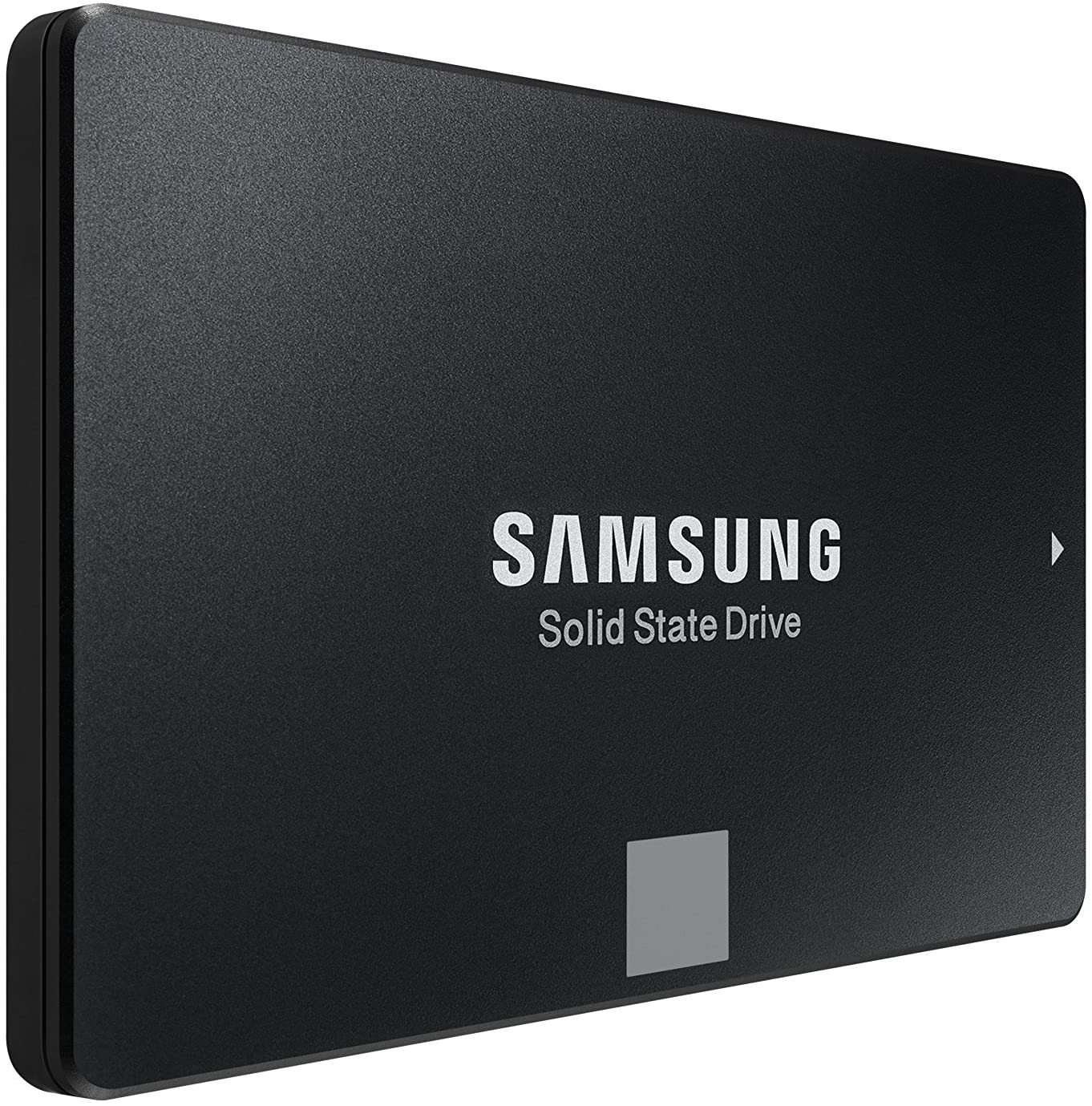What’s the difference between 512 GB and 1 TB SSD storage?
Let’s take a look.
Table of Contents
512 GB vs. 1TB SSD Storage
As anyone who has ever dealt with computers knows, storage is important.
It’s the place where we keep all of our files, pictures, music, movies, and more.
And when it comes to storage space, there are two main options: 512 GB and 1 TB.
But which one is right for you?
Let’s take a look at some of the other key differences between 512 GB and 1 TB SSD storage.
512 GB vs 1 TB: Capacity
The first and most obvious difference between 512 GB and 1 TB storage is capacity.
A 512 GB drive can store around 500 GB of data, while a 1 TB drive can store around 1000 GB of data.
That means that if you have a lot of files, music, movies, or photos, a 1 TB drive is probably a better option.
512 GB vs 1 TB: Speed
Another important difference between 512 GB and 1 TB storage is speed.
A 512 GB SSD will typically be faster than a 1 TB HDD, but a 1 TB SSD will be even faster.
So if speed is important to you, 1 TB is the way to go.
512 GB vs 1 TB: Price
Finally, there’s the question of price.
A 512 GB SSD will usually cost less than a 1 TB SSD, but the price difference isn’t huge.
So if you’re on a budget, 512 GB is a great option.
But if you can afford it, 1 TB is the better choice.
Top SSD Models
WD_BLACK 1TB SN850 NVMe
This SSD has the following features:
- Next-gen PCIe Gen4 technology optimized for top-tier gaming (not intended for NAS or server environments)
- Irrationally fast read/write speeds up to 7000/5300MB/s (1TB model) and up to 1,000,000 IOPS (1TB and 2TB models)
- Up to 2TB capacity to hold your favorite battle-ready games
- Downloadable WD_BLACK Dashboard software to customize and control your gaming experience
- Compact form factor design for easy connectivity
Addlink S70 M.2
This SSD has the following:
- TLC NAND Flash With DRAM Design Allows S70 1TB To Have An Incredible 1600 TBW.
- Sequential Read/Write Speed Up To 3400/3000 MB/s (Performance Results Varies Based On System Hardware And Configuration)
- Supports SMART and TRIM commands. Engineered with RAID engine and LDPC (Low-Density Parity Check) Coding
- Compatible With Intel & AMD Platform PCs and Laptops
- 5 Year Limited Warranty or 1600 TBW, endurance limit (TBW) Percentage Used, and Threshold as may be indicated by CrystaldiskInfo or addlink’s toolbox.
Samsung SSD 870 QVO
This SSD features:
- The 870 QVO is Samsung’s latest 2nd generation QLC SSD with up to 8TB of storage capacity
- With an expanded, SATA interface limit of 560/530 MB/s sequential speeds, the 870 QVO improves random access speed and sustained performance
- The 870 QVO is available in 1, 2, 4 and 8TB
- The capacity of the 8TB 870 QVO increases reliability up to 2,880 TBW using a refined ECC algorithm for stable performance
- Upgrading to 870 QVO is now easier than ever for anyone with a desktop PC or laptop that supports a standard 2.5 inch SATA form factor.SAMSUNG MAGICIAN SOFTWARE: Manage your drive and enhance its performance with tools that keep up with the latest updates and monitor the drive’s health and status.FLASH MEMORY BRAND: All firmware and components, including Samsung’s world renowned DRAM and NAND, are produced in house, allowing end to end integration for quality you can trust
Summary – 512 GB vs. 1TB SSD Storage
So, which one should you choose? 512 GB or 1 TB?
It really depends on your needs.
If you have a lot of files, music, movies, videos, or photos, 1 TB is probably a better option.
If you’re on a budget, 512 GB is a great option. But if you can afford it, 1 TB is the better choice.


